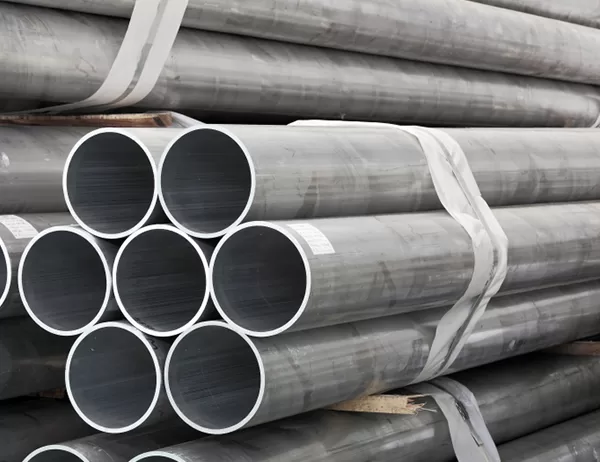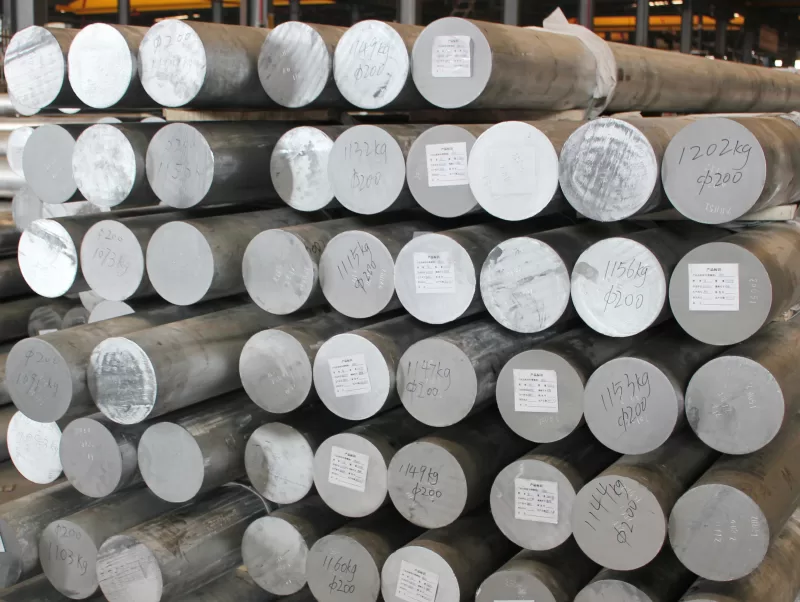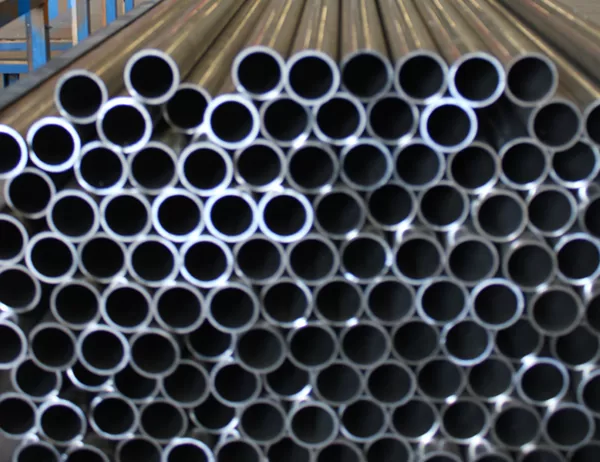In the world of electronics, heat sinks play a crucial role in dissipating heat generated by electronic components. Aluminum heat sinks, due to their excellent thermal conductivity and lightweight properties, are widely used in a variety of applications. Proper maintenance and cleaning of aluminum heat sinks are essential to ensure their optimal performance and longevity.
Inspection and Visual Assessment
Regular inspections are vital for identifying any potential damage or accumulation of dust and debris on the heat sink. Using a flashlight and magnifying glass, inspect the heat sink for any cracks, corrosion, or loose components. Check the fins and base of the heat sink for any blockages or obstructions that may hinder airflow.
Cleaning Methods
Dry Cleaning
For light dust accumulation, dry cleaning using a soft brush or compressed air is recommended. Gently brush away loose dust from the fins and base of the heat sink. Use compressed air to blow out any trapped dust from the internal channels. Avoid using harsh brushes or sharp objects that may damage the aluminum surface.
Wet Cleaning
For more stubborn dirt or grime, wet cleaning may be necessary. Use a mild cleaning solution made from distilled water and a few drops of dish soap. Apply the solution with a soft cloth or brush and gently clean the heat sink. Rinse thoroughly with distilled water to remove any residual cleaning agent.
Drying and Post-Cleaning Care
After cleaning, allow the heat sink to air dry completely. Avoid using heat sources such as hair dryers or heat guns, as excessive heat can damage the aluminum. Once completely dry, apply a thin layer of thermal paste or compound to the base of the heat sink to improve thermal conductivity between the heat sink and the electronic component.
Thermal Performance Monitoring
Regularly monitor the thermal performance of the heat sink using temperature sensors or thermal imaging devices. This will help identify any changes in thermal conductivity or airflow that may indicate a need for further maintenance or cleaning.
Storage Considerations
When not in use, store aluminum heat sinks in a clean and dry environment. Avoid storing them in direct sunlight or humid conditions that may promote corrosion. Protect the heat sink from mechanical damage by wrapping it in anti-static bubble wrap or foam.
Safety Precautions
Always wear gloves and safety glasses when handling aluminum heat sinks, as sharp edges or loose components can cause injuries. Use cleaning agents according to the manufacturer’s instructions and avoid exposure to eyes or skin. Ensure the heat sink is completely dry before reconnecting it to electronic components.




